Tennis elbow (also known as Lateral Epicondylitis) is felt on the outer part of the elbow joint where the tendons attach.
An injury can present itself when excessive strain on the extensor muscles of the forearm resulting from wrist extension during repetitive activities such as a backhand in tennis. Following the injury – pain and inflammation develop at the site.
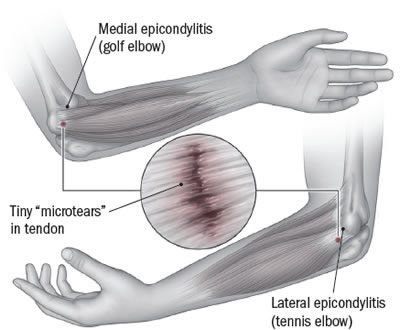
1 in 20 people who experience this type of condition actually play Tennis
A combination of factors increases the risk of developing Tennis Elbow such as repetitive movements of the forearm, the force of the action and the posture of the individual.
Those who may be susceptible to this condition are laborers such as carpenters or bricklayers, gym-goers doing bicep curls and even those working from home on the computer leaving their wrist in extension for a prolonged period of time.
Common Tennis Elbow Symptoms:
The symptoms include pain at the outer elbow and pain during gripping hand movements such as;
- turning on taps
- turning door handles
- pouring tea
Normal range of motion will remain, however localised tenderness may be present when stretching the wrist extensors. It’s also unlikely to see visible swelling around the elbow.

A chiropractor will assess the joint with additional orthopaedic and muscle testing to confirm a Lateral Epicondylitis diagnosis.
They may also look at the biomechanics of your shoulder girdle and wrist joints as they may be affected by or causing the Tennis Elbow. Your posture will also be assessed – specifically to determine whether you have internally rotated shoulders or winging scapulae (shoulder blades).
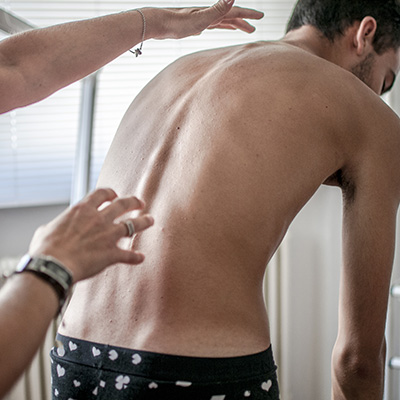
The reason behind checking shoulder positioning is if they are internally rotated, this can force the humerus and forearm into pronation (palm facing down) which causes the extensor muscles of the forearm to be stretched. If they are stretched for an extended period of time it can lead to weakness.
Scapulae winging indicates weakness in the muscles that are supposed to stabilise the shoulder blade, these muscles are used when we throw a ball. If they are weak and we try to throw a ball, the power behind the throw is transferred through the arm to the forearm extensor muscles. It is important to identify the primary cause of tennis elbow so the appropriate strengthening exercises are prescribed.
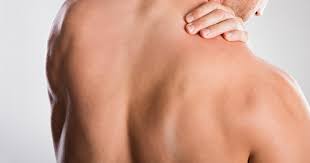
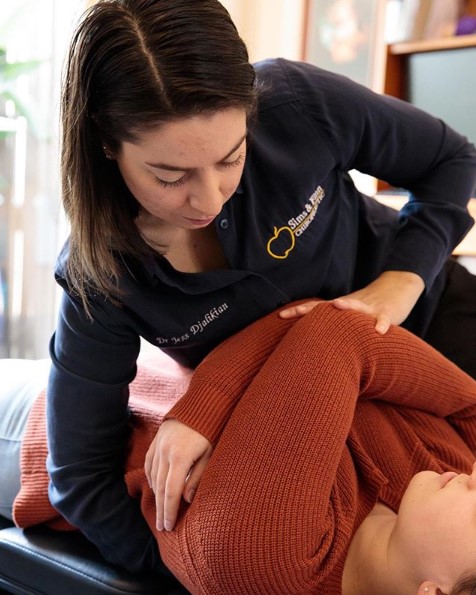
Treatment and management may include chiropractic adjustments to improve the biomechanics of your neck, shoulder, elbow and wrist. Resting the elbow from the aggravating repetitive activity, ice, compression and elevation.
More clinical trials and research are needed to evaluate the effectiveness of Chiropractic treatment / management of tennis elbow, however in our practice, we have had several positive results. Should we not achieve the desired result an appropriate referral will be discussed.
Our chiropractors utilise Neuro-structural correction which may help address your concerns.

By focussing to correct your spinal alignment, your body will be less likely to encounter problems in the future, as it is more stable and resilient.
We focus on finding and correcting the primary cause of your symptoms.
Our experienced chiropractors will be alongside you every step of the way to help you identify the cause of your condition and to equip you with the knowledge and tools to be able to create habits that strengthen your spine.
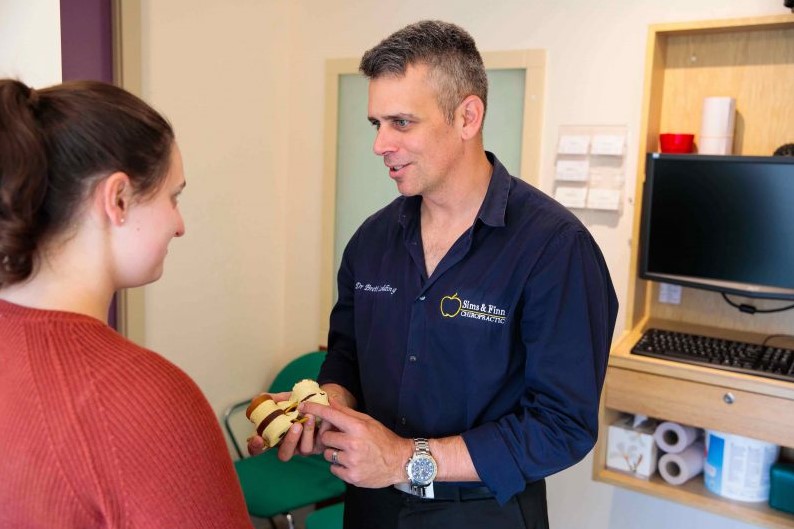
Our website contains a lot more information about spinal conditions and exercises you can do at home to help yourself. If you have any questions or would like to find out if chiropractic care may help you, please don’t hesitate to contact us.
To make an appointment, please either book online via our website, or call our friendly staff.
Sims & Finn Chiropractic
@simsfinnchiropractic
